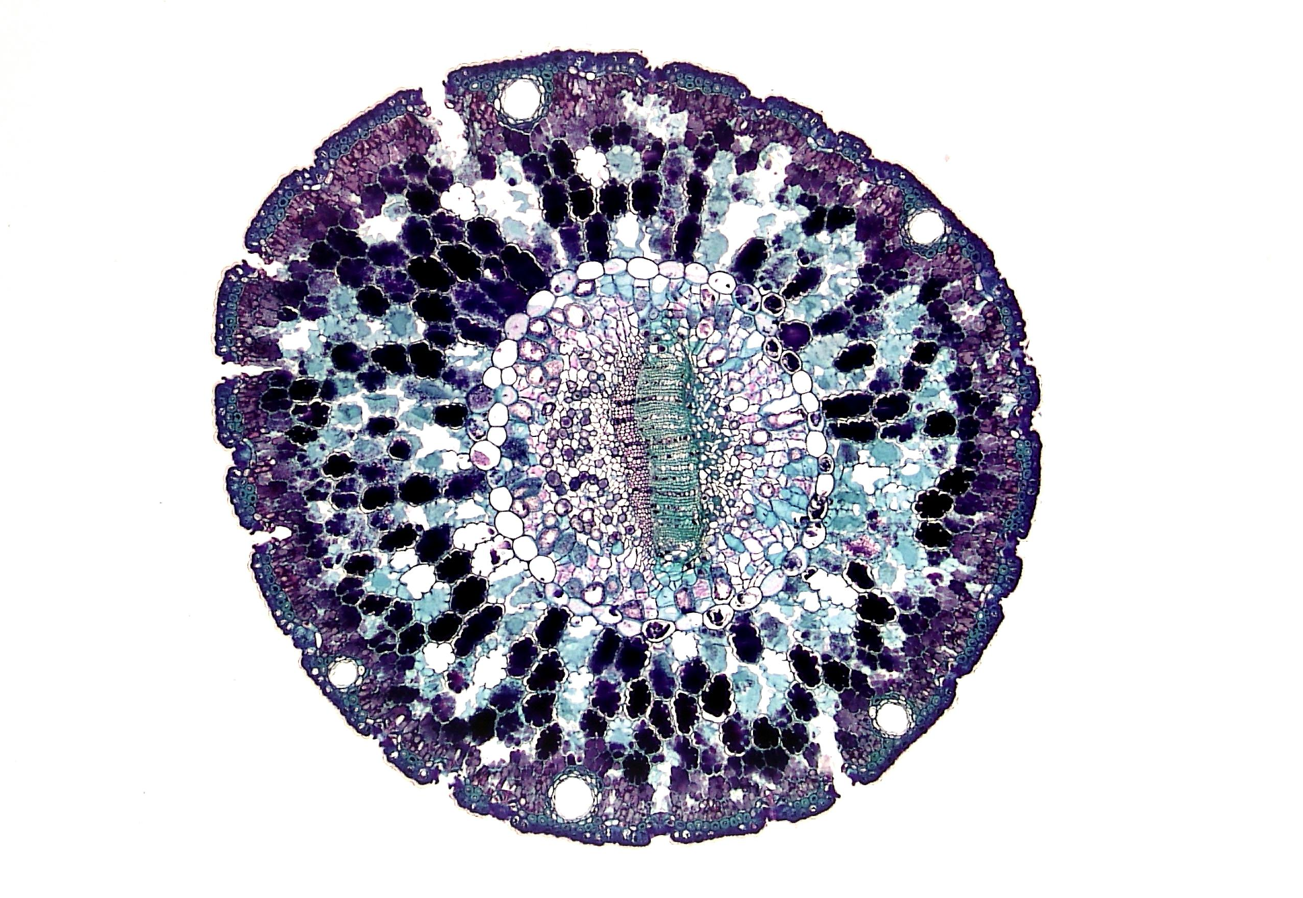Exploring the Potential of Stem Cell Therapy for Autism
Stem cell therapy has emerged as a beacon of hope for various medical conditions, and autism is no exception. Recent research from the UC San Diego Center for Autism Research sheds light on the evolving role of stem cells in autism treatment. This blog post summarizes the key findings and insights from their work, highlighting the promise and challenges of this innovative approach.
Understanding the Research Focus
The research conducted by UC San Diego's Center for Autism Research focuses on harnessing the potential of stem cells to better understand and potentially treat Autism Spectrum Disorder (ASD). The central aim is to explore how stem cells can contribute to new therapies and enhance our understanding of the underlying mechanisms of autism.
Key Findings from the Research
-
Stem Cells as Research Tools: One of the major advancements highlighted in the research is the use of stem cells to model autism in the lab. By creating neural stem cells from individuals with autism, researchers can generate detailed models of the brain that mimic the disorder’s characteristics. These models are invaluable for studying the development and progression of autism, as well as for testing new treatments.
-
Potential Therapeutic Approaches: The research emphasizes that while stem cell therapy holds promise, it is still in the experimental stages. The goal is to determine whether stem cells can correct or improve the neural circuitry affected by autism. This involves examining whether stem cells can integrate into the brain and functionally repair or enhance neural connections.
-
Challenges and Limitations: The research acknowledges several challenges associated with stem cell therapy for autism. These include the complexity of autism as a disorder with a wide range of symptoms and underlying causes, the difficulty of ensuring stem cells develop into the appropriate cell types, and the need for more robust clinical trials to establish safety and efficacy.
-
Future Directions: Looking ahead, the research underscores the need for continued investigation and innovation. Future studies will focus on refining stem cell techniques, understanding the best ways to deliver stem cells to target areas in the brain, and exploring the long-term effects of stem cell treatments. Collaboration between researchers, clinicians, and families is crucial to advancing this field.
Implications for Autism Treatment
The insights from UC San Diego’s research highlight the potential of stem cell therapy to revolutionize autism treatment. By providing new ways to model the disorder and test interventions, stem cells could pave the way for breakthroughs in understanding and treating autism. However, it is important to approach these findings with cautious optimism, recognizing that while the promise is significant, extensive research and clinical validation are necessary before stem cell therapies become a standard treatment option.
Conclusion
Stem cell research offers exciting possibilities for advancing autism treatment, with UC San Diego's research providing valuable insights into how these innovative approaches might shape the future. As the field continues to evolve, ongoing research will be crucial in addressing the challenges and unlocking the full potential of stem cell therapies. For individuals with autism and their families, these developments represent a hopeful step towards more effective and personalized treatments.
Reference site: UC San Diego School of Medicine


